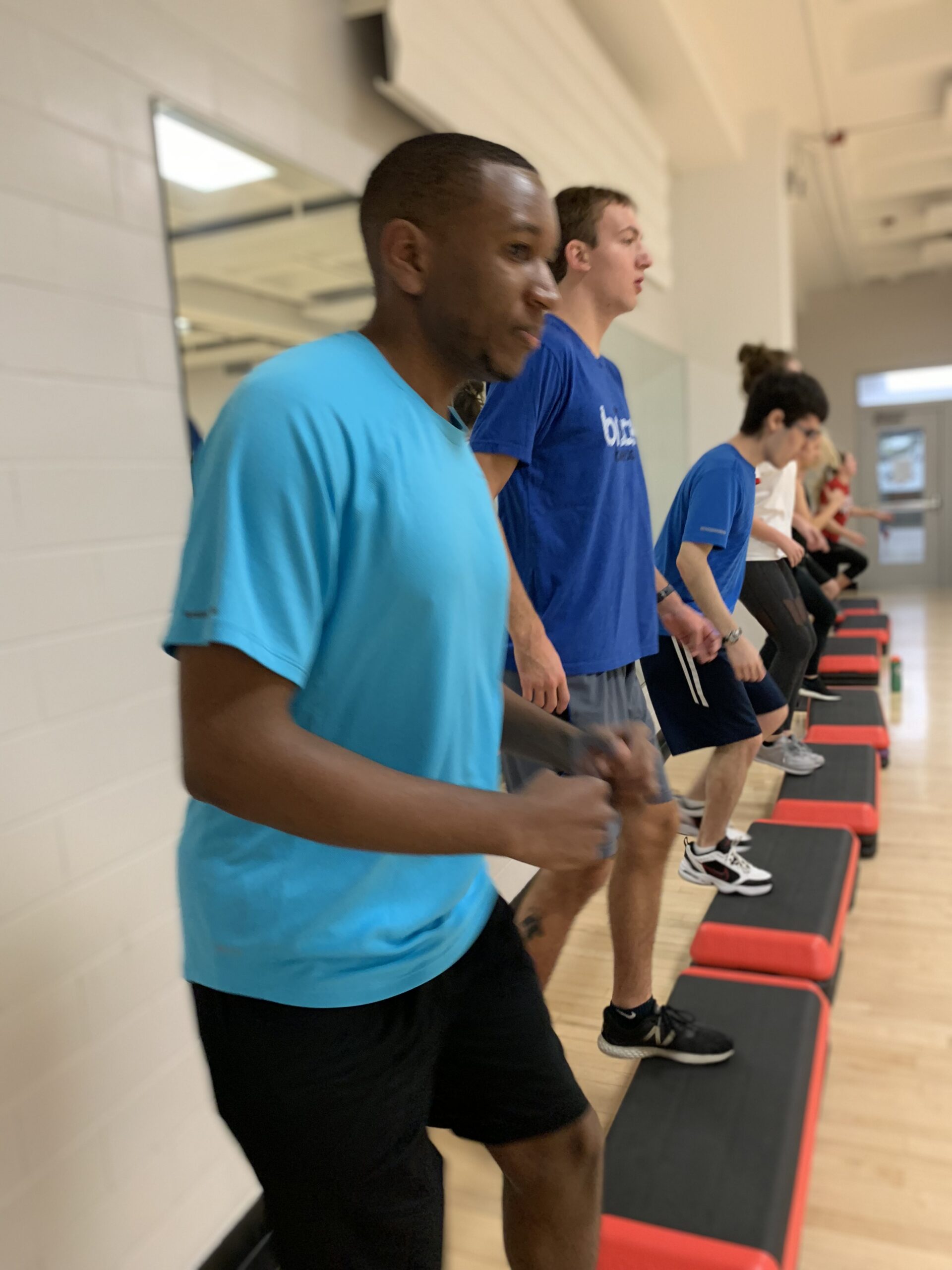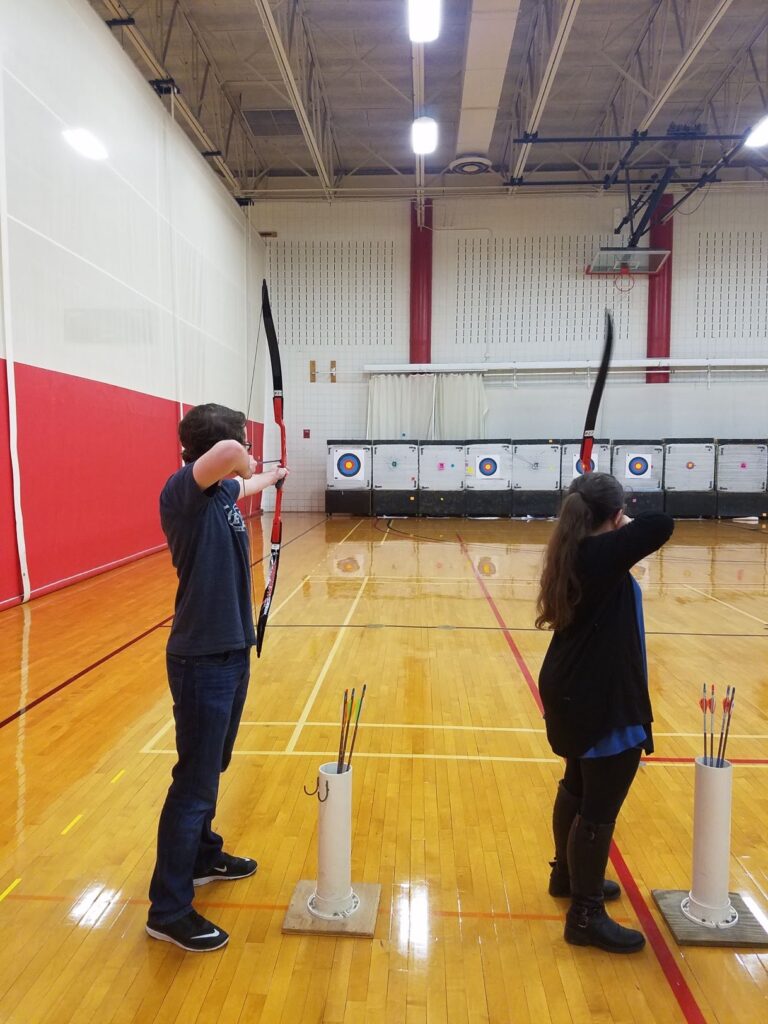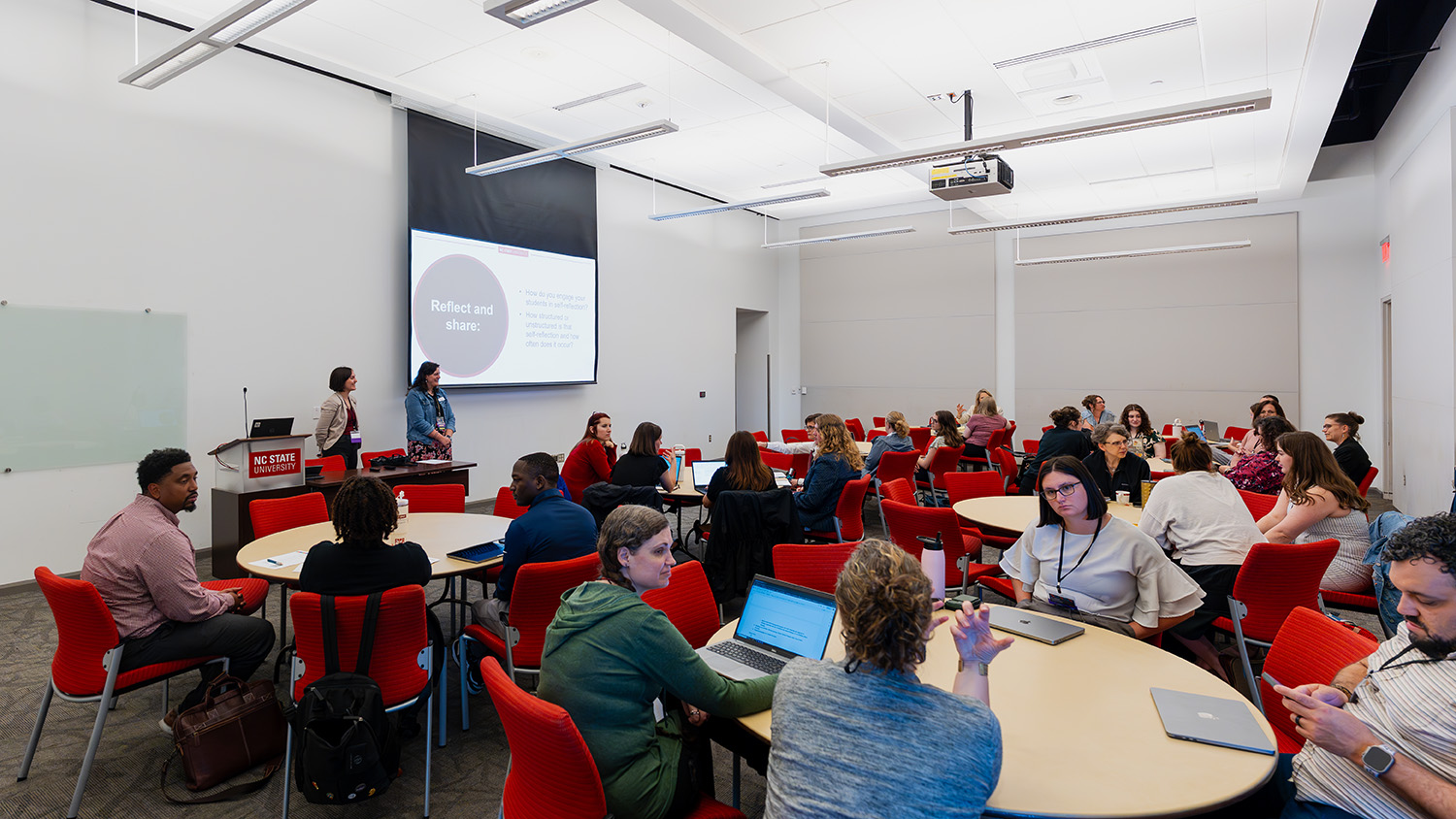Health and Exercise Studies Department Sprints to Convert to All Online Classes

Shifting from a traditional classroom setting to an online format within just a few weeks was challenging enough for NC State faculty responding to COVID-19. But for classes taught in the water, on a field, in a gym, or on a bike, transitioning to an online format on an accelerated timeline took a tremendous amount of creativity, collegiality, and a bit of magic, according to Beth Wright Fath, department head for health and exercise studies at NC State. The department serves 15,000 students each year.
“The transition happened so quickly. With a pandemic, nobody knew what to expect,” she said. “In March, things changed daily. The university community was trying to get our heads around what was going on. The provost asked us to think about continuity plans, which would be different and difficult for all of us, from health and exercise studies to music, chemistry, and design.”
48 Hours to Go Online
A few days after spring break had been extended, Wright Fath received the notice that all classes would be moved online in less than one week. This meant renewing, recalibrating and transitioning approximately 230 classes to an online format within 48 hours.
“We leveraged innovative technologies to quickly deploy revised, discipline-specific learning modules online,” Wright Fath said.
Partially quoting a statement from one of her online dance professors groups, Wright Fath said “Through rapid adoption of 21st century pedagogies, we successfully engaged a geographically diverse student population to meet updated learning outcomes as they explored alternate formats for art-making, wellness, and reflexive practices.”
“Everyone on campus should get a kudos award,” she added. “We all scrambled to make it happen, and we did it.”
Some classes were relatively easy to put online, such as yoga and pilates. But others, such as scuba diving, swimming, rock climbing, and other outdoor classes like racquet classes, archery, basketball, and others required lots of creativity. HES faculty added new components like watching and analyzing videos as well as reading articles to compliment the classroom learning and the actual activity.

Redefining and Readjusting
The biggest challenge was creating synchronous online classes in which students and instructors were required to be online at the same time, and asynchronous classes in which students had to complete work on their own time.
“We worked so hard to successfully find solutions for our students that worked for their situations—’iffy’ internet, different time zones, crowded living quarters—and allowed them to achieve success,” Wright Fath said.
Remote assessment and testing was another challenge.Wright Fath said her team administered written and physical performance tests using virtual tools like Zoom. Some students living abroad in France, Poland, Asia, and in different time zones submitted videos while others chose to participate in live testing.
“Everyone was stressed, but there were also lots of moments of joy and fun,” Wright Fath said. “In our classes, we get to see students’ parents, siblings, and their cats and dogs show up. During one pilates class, a student’s giant dog jumped up on her and it broke up the tension. This is a wonderful part of getting to know our students even better.”
Under University College leadership, faculty organized classes in a way that made it easy for students to check in. “We noticed if someone seemed distressed and might need counseling,” Wright Fath said. “We reached out to students who weren’t showing up to class or responding to emails and we let them know that someone was looking out for them.”
Moving Forward
The first session of summer courses is now in full swing with a completely online schedule, and faculty continue to adapt in creative ways.
“Offering multiple sections of Yoga I online this summer has allowed me to grow our yoga community in unique ways,” said Autumn Mist Belk, a faculty member and associate department head for HES. “Students were able to learn through my prerecorded instructional videos and also participate in live yoga classes each week via Zoom with students across all sections. We also utilized a variety of discussion forums on Moodle for students to share with their peers their experiences with yoga asana, breath work, and meditation. Being able to help over 50 Maymester yoga students develop a daily yoga practice over the past three weeks has been a great way to start my summer.”
Wright Fath added that HES faculty and staff are grateful for the extensive technology support from across campus during the pandemic. In particular, she thanked the university libraries for providing equipment, DELTA, and the Office of Faculty Development for compiling and sharing online resources.
“NC State has a lot of creative people, and we pooled our innovation to create collaboration across disciplines allowing us to come through one of the greatest challenges imaginable with a great sense of accomplishment,” Wright Fath added.
“There was a lot of magic happening here! I have had the privilege to work with such gracious, thoughtful, and creative people!”
Watch the video below to see how Joan Nicholas-Walker, an assistant teaching professor for HES, led students in virtual dance exercises as part of her Jazz II class.


